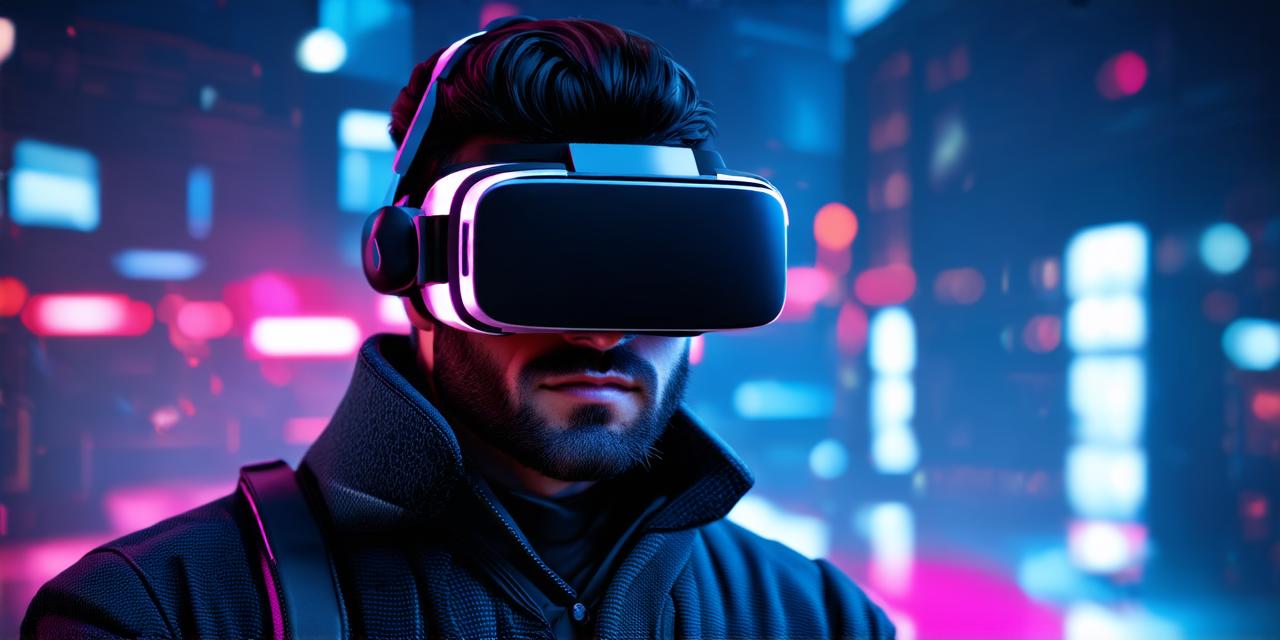Virtual Reality (VR) Technology and Its Cost Factors
Virtual reality (VR) technology has been rapidly advancing in recent years, and it’s becoming increasingly popular for entertainment, education, training, and other purposes. However, developing a VR experience can be a complex and expensive process, requiring specialized skills and resources.
Hardware Costs:
One of the biggest expenses in VR development is the cost of hardware. VR systems typically require high-end computers or specialized hardware such as Oculus Rift, HTC Vive, or PlayStation VR. These systems can be quite expensive, ranging from a few hundred to several thousand dollars each. Additionally, the cost of developing for multiple platforms can add up quickly, especially if you need to support multiple devices with different specifications.
Software Costs:
Developing software for VR can also be a significant expense. VR experiences require specialized programming skills and tools that are not typically used in traditional software development. Additionally, VR software must take into account the unique characteristics of the hardware, such as tracking systems and input devices, which can add complexity to development. The cost of software development for VR experiences can vary widely depending on the complexity of the project and the expertise required.
Content Creation:
Creating high-quality content for VR is another significant expense. This includes designing environments, characters, and objects that are visually appealing and immersive. In addition, VR content requires specialized audio production skills to create realistic and engaging soundscapes. Content creation can be a time-consuming and expensive process, requiring specialized software and expertise.
Testing:
Testing is a crucial part of the development process for VR experiences. VR environments can be complex and difficult to navigate, and users may experience motion sickness or other issues if the experience is not optimized properly. Testing requires specialized equipment and expertise to identify and fix any problems before the experience is released.
Deployment:
Once a VR experience is complete, it must be deployed to its intended audience. This can involve setting up infrastructure such as servers, uploading files, and configuring access controls. Deployment costs can vary depending on the scale of the project and the complexity of the infrastructure required.
Conclusion:
In conclusion, developing a VR experience can be a complex and expensive process that requires specialized skills and resources. Hardware, software, content creation, testing, and deployment all contribute to the overall cost of VR development. While the cost of VR development can be significant, it can also provide a unique and engaging user experience that is difficult to replicate in traditional media.
